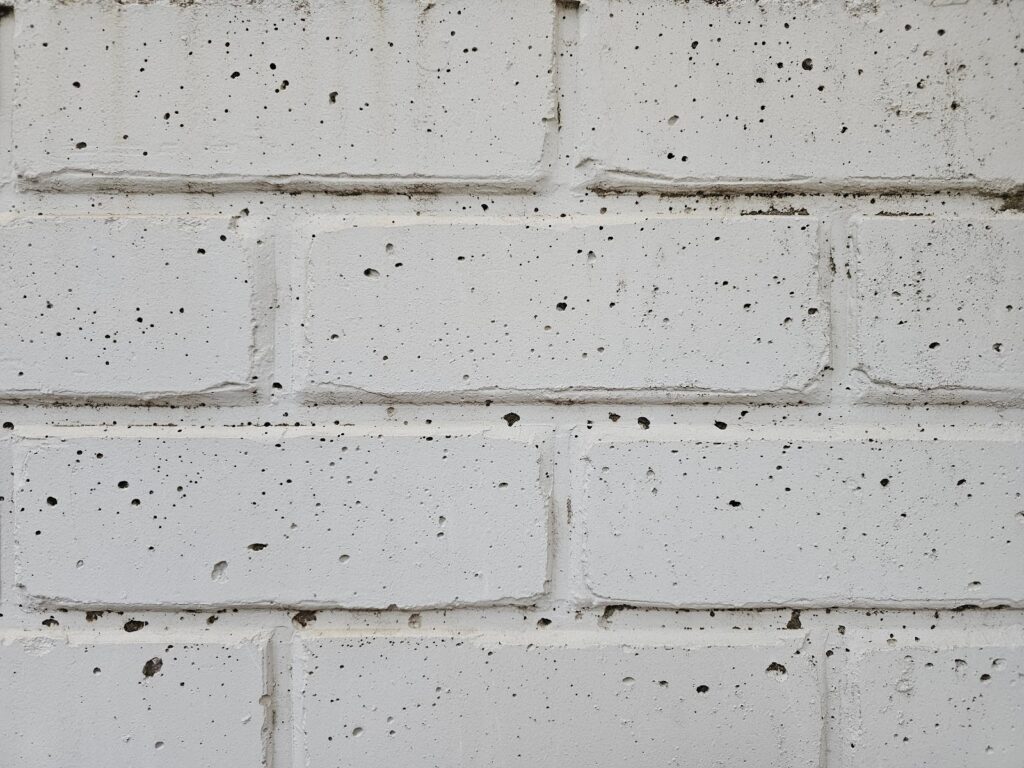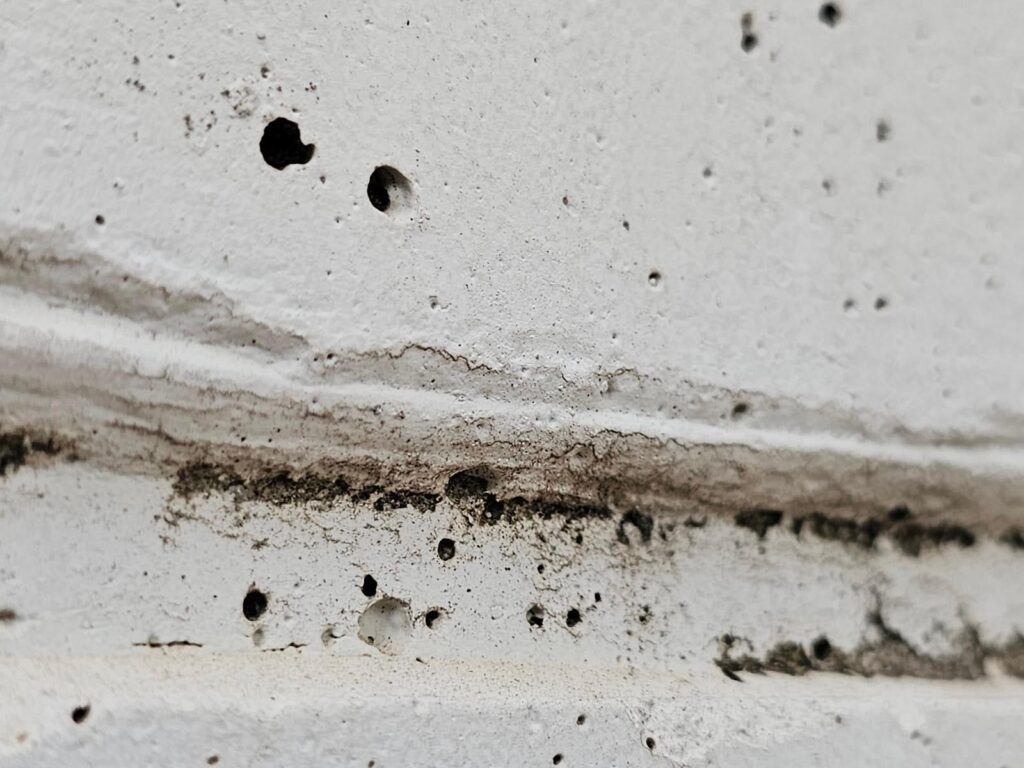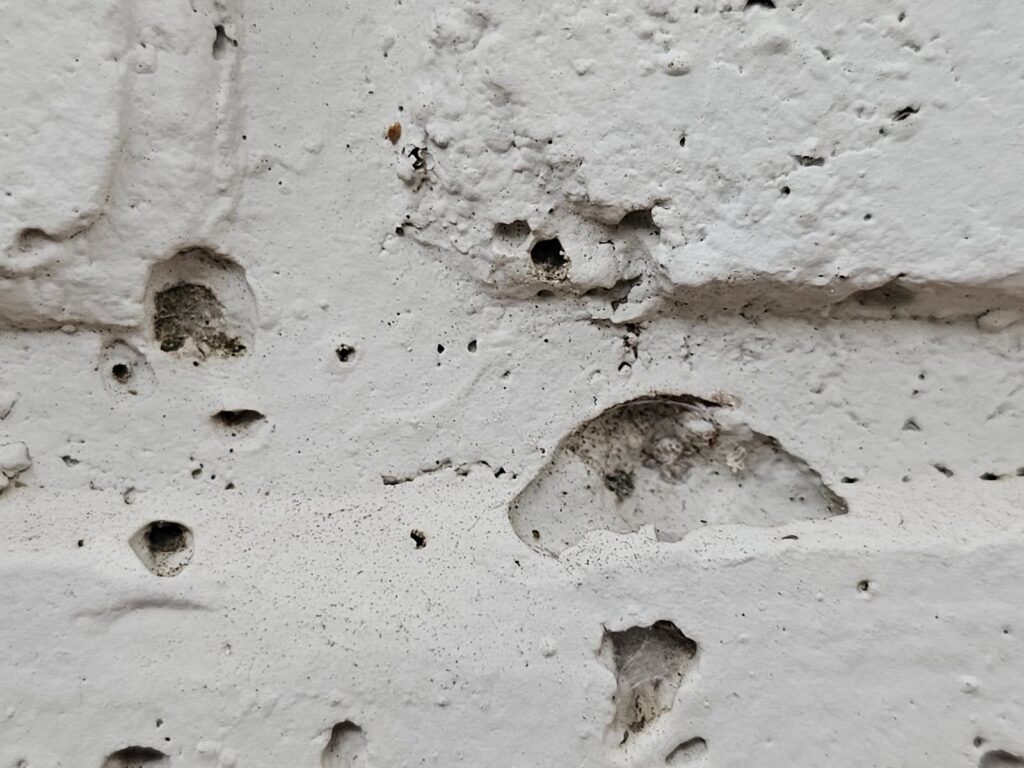Understanding Temperature Fluctuations and Masonry Deterioration
In a blog article, here on our website, a few weeks back, we talked about several different factors that lead to deterioration in masonry construction. One of those items that causes deterioration of masonry is temperature fluctuations.
In the complete absence of moisture, temperature fluctuations would not have as big of an impact on the deterioration of masonry, but almost all conditions and areas of construction do have a degree of moisture. Also, it should be noted that our area is one of the areas of the world that is impacted a little bit more severely than areas where temperatures do not drop below freezing. Here, we have, of course, temperatures that fluctuate above and below freezing. Albeit less frequently, we also experience deep cold freezes that reach significantly much lower temperatures even than the freezing just at the freezing mark. In late, 2022, temperatures got as low as negative 1 degrees Fahrenheit in the DC area.
This type of deep freezes can have a more significant impact because even conditions around the freezing mark don’t always impact the inner parts of a building’s interior partition. The building’s exterior partition, especially when built from historic brick, and a double whythe type configuration, generally has a high degree of thermal mass. This thermal mass will help preserve or at least maintain temperatures above freezing in parts of the exterior partition, even when it’s slightly below freezing in the outside air.
The picture below shows what appears to be a white painted face of a brick wall. In other words it appears to be a brick facade in a running bond. It looks pretty convincing, but it isn’t real. It’s actually a prefabricated or precast concrete panel wall. Each section of the wall panels are cast off site and then delivered and set into posts which are individually installed on site.

One of the biggest problems with freezing temperatures in masonry surfaces is that any water that builds up or water that pools will expand when freezing. The total volume metric expansion may only be about 9 to 10%, but it expands with such great force that it can literally break apart cementitious, masonry or even concrete types of materials. These types of materials can withstand massive pressures and forces, but the pressure and force caused by Ice formation is even greater than what these materials can withstand.
The next picture below shows an even closer view of the same wall that we discussed above. Here you can see there are very small pockmarks that are from the original casting process of the concrete. The area that would be brick or is made to appear to be part of the faux brick has the same pockmarks that are from air at the side of the form during the original casting. This is one of the instant giveaways or signs that would cue someone off to realize that it’s not actually masonry. Instead it is precast concrete.

These voids, here in this concrete, work the same way as voids would in deteriorated masonry or brick mortar. We find significant voids like this often in historic brick work that needs to be repointed or tough pointed. Often when brick work is let to go for too long without upkeep or maintenance, it will begin to deteriorate. Where it needs to be repointed, we will often find voids of this type. As those voids fill up with moisture and water, when temperatures fluctuate between freezing and non-freezing temperatures, it can cause significant damage to the masonry.

The next picture below zooms in on one of the areas of highest concentration of voids. You can see why water would build up at these voids in the horizontal face of the masonry or concrete. In this case, as the water builds up there, it will cause damage when temperatures drop below freezing.

Our company, Dupont Tuckpointing and Masonry, specializes in masonry restoration, historic brick repointing, and tuckpointing services in the Washington D.C. area. These buildings are uniquely historic, and their preservation requires skilled masons who are technically trained in the best practices and knowledge of proper restoration techniques.
We understand the significance of maintaining the architectural integrity of these historic structures, and our team of experienced professionals is dedicated to delivering exceptional craftsmanship. Whether you require masonry restoration, tuckpointing, or brick repointing services, we are here to help.
At Dupont Tuckpointing and Masonry, we take pride in our work and strive to ensure that every project is executed with the utmost care and attention to detail. We are committed to preserving the rich heritage of Washington D.C.’s built environment for generations to come.
If you have any questions or needs regarding masonry restoration, historic brick repointing, or tuckpointing services, please do not hesitate to reach out to us. We would be delighted to assist you and provide you with the expertise and quality workmanship that your historic property deserves.
You can reach us by telephone at (202) 796-7644 and you can reach us by email from the contact form on our website at https://duponttuckpointingmasonrydc.com/contact-us/.




